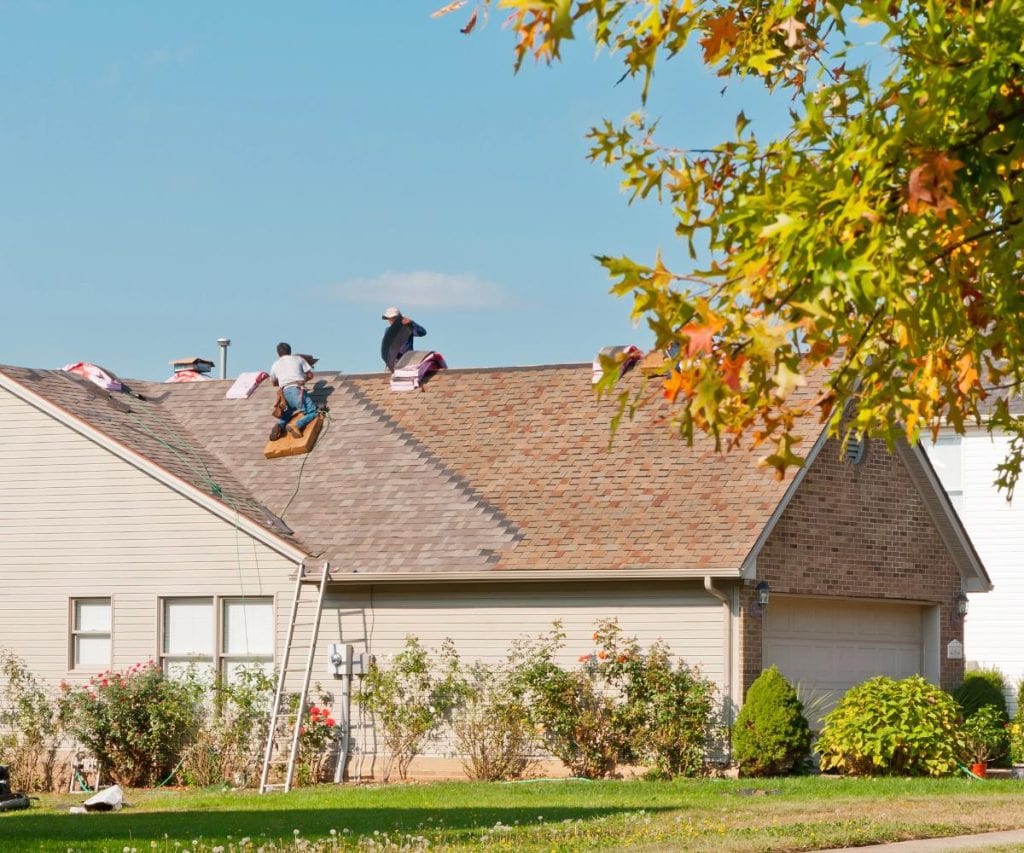
Your roof is your home’s first line of defense against the elements. It shields you from rain, snow, wind, and the scorching sun. But how often do you think about its condition? Regular roof inspections are crucial for homeowners. They help you catch small issues before they become big, expensive problems. In this post, we’ll explore the signs of roof damage, the dangers of ignoring them, and provide a step-by-step guide to inspecting your roof. By the end, you’ll be well-equipped to keep your roof—and your home—in top shape.
Common Signs of Roof Damage
Leaks and Water Stains
One of the most obvious signs of roof damage is a leak. If you notice water stains on your ceiling or walls, it’s a red flag. Even small leaks can lead to significant water damage if not addressed promptly. Water stains might appear as discolored patches, often yellow or brown, and can spread if the leak continues.
Missing or Damaged Shingles
Missing or damaged shingles can compromise your roof’s integrity. Look for shingles that are cracked, curled, or entirely gone. These issues often arise after severe weather conditions, such as heavy winds or hail. If you suspect your roof has sustained damage, it’s essential to act quickly. Hiring storm damage services can help you by assessing the extent of the damage and recommending the necessary repairs to prevent further issues. Regular maintenance and timely repairs can extend the life of your roof and protect your home.
Sagging Roof Areas
A sagging roof is a serious issue that requires immediate attention. It indicates structural damage and can result from prolonged water exposure, poor installation, or excessive weight from snow and ice. If you notice any areas of your roof sagging, it’s time to call a professional.
The Dangers of Neglecting Roof Issues
Escalating Repair Costs
Ignoring minor roof issues can lead to major problems down the line. What starts as a small leak can quickly escalate into extensive water damage, mold growth, and even structural damage. The longer you wait, the more expensive the repairs will become.
Health Hazards
Water damage from a compromised roof can create a breeding ground for mold and mildew. These can pose serious health risks, especially for individuals with respiratory issues or allergies. Addressing roof damage promptly helps maintain a healthy living environment.
Decreased Property Value
A damaged roof can significantly decrease your home’s value. Potential buyers may be put off by the prospect of costly repairs, making it harder to sell your home for a fair price. Regular roof maintenance ensures your property remains attractive and retains its value.
Step-by-Step Guide to Inspecting Your Roof
Safety First
Before you start, ensure you have the right safety gear. Wear sturdy shoes with good grip, a safety harness if possible, and use a stable ladder. If you’re uncomfortable with heights, consider hiring a professional.
Visual Inspection
Start by inspecting your roof from the ground using binoculars. Look for obvious signs of damage like missing shingles, sagging areas, or debris accumulation. Walk around your home to get a view from all angles.
Closer Examination
If it’s safe to do so, climb up to get a closer look. Check for damaged shingles, rusted flashing, and clogged gutters. Pay attention to the areas around chimneys, vents, and skylights, as these are common spots for leaks.
Tips for Maintaining a Healthy Roof

Regular Cleaning
Keep your roof free of debris, such as leaves and branches, that can trap moisture and cause damage. Clean your gutters regularly to ensure proper water drainage. Clogged gutters can lead to water pooling and roof damage.
Professional Inspections
Schedule professional roof inspections at least once a year. A roofing expert can identify issues that might not be visible to the untrained eye. They can also provide maintenance tips specific to your roof type and climate.
Prompt Repairs
Don’t delay in addressing any issues you find. Small problems can escalate quickly, leading to more extensive and costly repairs. Prompt action will extend the life of your roof and save you money in the long run.
The Role of Insurance in Covering Roof Repairs
Understanding Your Policy
Review your homeowner’s insurance policy to understand what roof damage is covered. Most policies cover damage caused by unforeseen events like storms or fires but not wear and tear. Knowing your coverage can save you from unexpected expenses.
Documentation is Key
Keep detailed records of any roof repairs or inspections. Take photos of damage and save receipts and reports from professional inspections. This documentation can be crucial when filing an insurance claim.
Filing a Claim
If you need to file a claim, contact your insurance provider as soon as possible. Provide them with all the necessary documentation and follow their process closely. Prompt action can expedite your claim and ensure you receive the coverage you’re entitled to.
In conclusion, your roof is a critical component of your home’s structure and comfort. Regular inspections and prompt repairs are essential for maintaining its integrity and longevity. By being proactive, you can avoid costly repairs, protect your health, and preserve your property’s value. Don’t wait for small issues to become major problems. Schedule a professional roof inspection today and ensure your home stays safe and secure.
Take the first step towards a healthier roof and a safer home. Reach out to a roofing expert and get your roof inspected by a professional. Your home deserves the best protection, starting from above.
